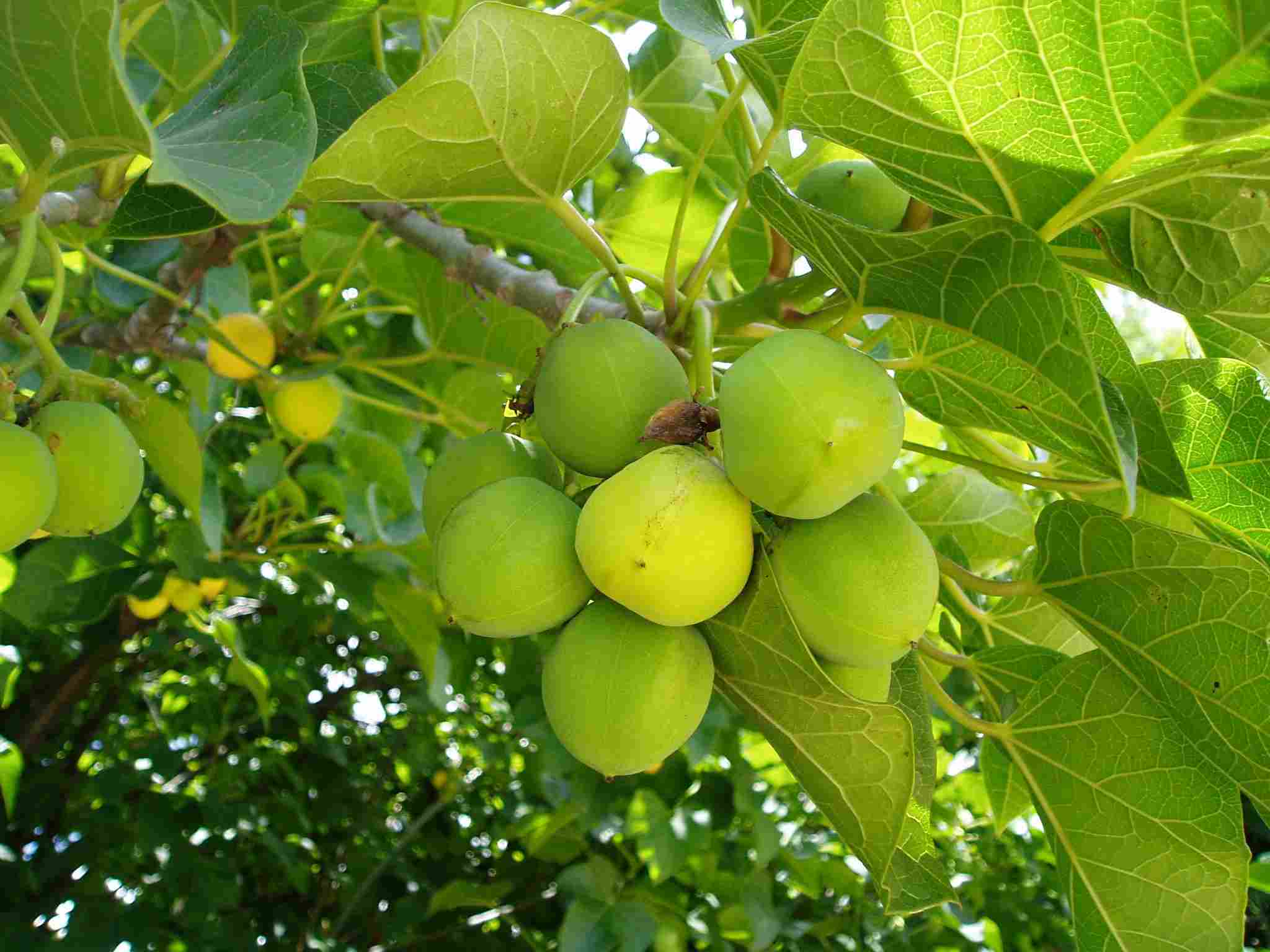Pests Of Jatropha
페이지 정보
작성자 Devin 작성일 25-01-18 23:55 조회 253 댓글 0본문
Jatropha Curcas is gaining importance commercially as the demand of fossil fuels increases greatly and likewise Jatropha is an environment-friendly energy plantation. Plantation of this plant is thought about to be an outstanding fuel substitute and it is also extremely economical compared to other fuels. Recently, Jatropha is facing some problem with insects and diseases. The insects are into two ranges: Pest that affect young plants and Pest that impact matured plants.
Young plant pests: Cutworm, Scarabeid Beetle, Army worm, Grasshopper.

Agrotis ipsilon: It is frequently understood as Cut worm. This bug affects the seedlings and young Jatropha plants. If the plant is impacted by the cutworm, the stem gets cut nearer to the soil surface area and this will diminished the plant entirely.
Control: This bug can be controlled by choosing the larva found around the plants or by blending the bran, sawdust with insecticides.
Scarabaeid Beetle: This insect damages the root of the young plant. Initially, the larva consumes the natural matters present in the soil and after that comes to the root. The larva attack may kill the entire plant.
Control: The plant with excellent resistance power can get rid of the insect. For heavy attack, insecticides with components carbosulfan and carbofuran can be utilized to kill the pest.
Army worm: Spodoptera litura presence can be determined by biting in the leaves. The extreme infection could completely kill the plants.
Control: Insecticides are utilized to control the pests.
Grasshopper: This prevails bug found in numerous plants. Valanga nigricornis and Locusta migratoria widely assaults the plant. The insect frequently assaults the young plant.
Control: The insecticides utilized betacyfluthrin, cypermethrin, thiodicarb, MIPC, and fipronil.
Pest observed in fully grown plants:
Pest of Stem: Ostrinia furnacalis, Xyleborus spp.
Ostrinia furnacalis and Xyleborus: This pest damages the Jatropha stem and it is widely seen in Indonesia. The stem attacked by this insect generally drop. The existence can be identified by the larva penetration hole at the stem.
Control: The Insecticide generally utilized to control this pest is carbofuran.
Pest of leaf: The common bugs observed are leaf caterpillar, Neetle caterpillar, Leaf hopper, Mite, Ear corn caterpillar.
Leaf Caterpillar: This pest can eat all the leaves of the plant in brief duration. The quality and yield of the seeds get reduced due to the heavy attack.

Control: This can be managed by choosing the old larvae around the surface area and discarding the attacked leaves.
Needle Caterpillar: This caterpillar is covered with spines and produces a burning experience when enabled to exposure to skin as it produces certain chemical compound. Initially the insect crowded in the leaf and then spread out all over the plant when it ages.
Control: Manually, the bug can be eliminated only by soaking it in water or kerosene. The heavy attack can be controlled by spraying organophosphate insecticides.
Leaf Hopper: This pest is found mainly in tropical and subtropical regions. The pest targets the leaf and draws all the nutrients of the leaf and gets curls at the tip. Later, the entire leaf dry and pass away.
Control: The heavy attack can be managed by utilizing insecticides like imidachloprid, beta cyfluthrin or carbosulfan.
Mite: Mite also assaults the leaf and makes the whole plant weak. The insect presence can be identified when the leaf become yellow-colored, diminishes, reddens and drop. The pest can likewise be spread through fallen leaves.
Control: Some preventive procedures can be done like correct sanitation and burning the fallen leaves. Heavy attack can be treated by spraying insecticides.
Some dreadful insect which assaults flower and fruit are, Stink bug (Nezara viridula)

Chrysocoris javanus, Tip borer caterpillar.
Stink Bug: Sting bug is a severe insect which attacks the plant during blossom duration so the crop yield entirely falls down. This insect is seen around the tropical region.
The toxic enzyme in the plant shrinks the entire plant.
Control: Insecticides advised for this insect is chlorfluazuron, diflubenzuron, alfamethrin, and lamda cyhalothrin.
Tip borer caterpillar: The pests frequently happens attacks the plant in blooming season and this pest is seen extensively in tropical regions. The female bug laid the eggs on the tender part of the plant and the young larvae feed the young fruits and plant pointers.
Control: Manually, the assaulted seeds are advised to burn. The insecticides like monocrotophos and bensultap are sprayed at the flowering season.
댓글목록 0
등록된 댓글이 없습니다.